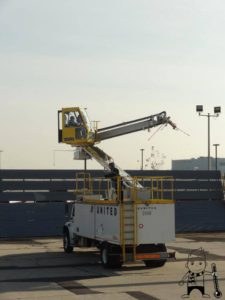
What happens when one of the most popular online weather teams gets together with one of the world’s largest airlines? Winter weather fun of course!
United Airlines invited Weatherboy to fly to Chicago for a behind-the-scenes look at winter weather operations at one of the world’s largest airlines. Weather is critical to air travel operations, and winter weather makes things that much more challenging. At United’s downtown headquarters in the Willis Tower, we were provided with a unique behind-the-scenes look at their command center. There, teams of experts sit behind monitors keeping an eye on weather forecasts, observations, and trends …above/beyond all the other operational insights and challenges involved in running the airline.
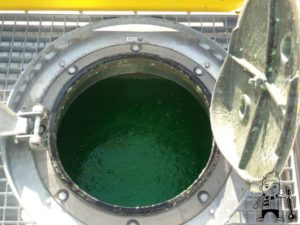
While the complicated operations center was compelling, United provided one of our meteorologists with the opportunity of an incredible experience: to head to the airport to operate one of their deicing vehicles!
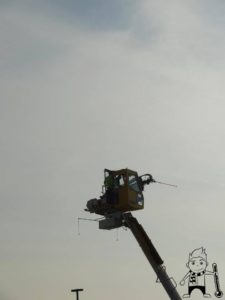
In the winter, precipitation wreaks havoc with an airplane’s ability to fly. Modern day jets have many critical areas on them that must be free to move at a pilot’s command at any time during flight; these include flaps on wings and stabilizers which help maintain the direction and pitch of a plane. Beyond restricting movement of these control surfaces and adding weight to a plane, accumulating snow and ice ultimately reduces lift of a plane. Without lift, planes can’t become and stay airborne.
Airlines employ de-icing equipment for two primary reasons: the first is to remove any snow/ice that has accumulated on a plane while it’s on the ground. The second is to prevent snow and ice from building up as the plane takes off and lifts up into the air.
The primary ingredient to de-icing operations is proplyene glycol; diluted with water and heated, the mixture smells and looks a lot like maple syrup. However, different companies add different coloring to the mixture, allowing those that apply it to know where it’s been sprayed on a plane. In the US, it’s usually orange or pink. The temperature and consistency of the mixture is dependent on the temperature and conditions at the airport. This mixture clears any frozen precipitation from the airplane.
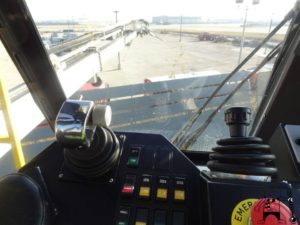
If frozen/freezing precipitation is falling when the plane is ready for take-off, an additional step is taken. An anti-icing fluid is sprayed onto the plane, with special attention paid to critical control surfaces of the aircraft. This fluid, made up of propylene or ethylene glycol has more of a gel-like consistency and prevents ice or snow from sticking to an airplane as it awaits to take off. As the plane takes off, this gel actually slides off the plane’s wings. Unlike the orange or pink de-icer, this anti-icer is usually green.
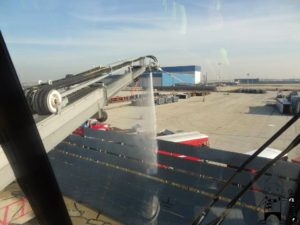
The de-icer and anti-icer only work for certain lengths of time, with the size of the airplane and the weather conditions playing a role in how often the plane should be sprayed. If your plane is waiting too long to take off at an airport, it may need to return to a spray area to get new treatments prior to being able to take-off.
At United’s Chicago O’Hare hub at ORD, one of our meteorologists was brought out to a remote area of the airport to operate an actual deicing truck. Assisted by a ramp agent, the meteorologist was able to drive around from inside the “bucket” of the truck, activating the sprayers. For this “practice”, only hot water was used …and airport ramp equipment was used as the practice “target” needing to be de-iced. No chemicals were used nor were any airplanes sprayed by Weatherboy in this demo.
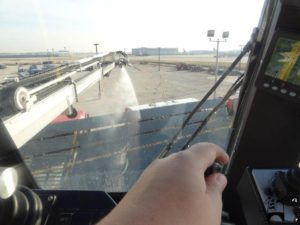
It takes quite a bit of skill to operate the truck and its spray heads, with controls inside the bucket looking more like a video game console than a traditional automobile dashboard. To perform actual spraying on actual aircraft in bad weather, trained ramp agents need to complete special certifications and pass training runs like the one exercised by Weatherboy.
Those trained professionals and these special sprays help make air travel safe and possible even in very wintry weather.